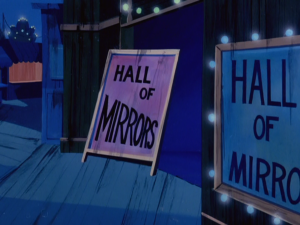 It’s not just for politicians. When people are unaware of or unwilling to admit the truth of their motivations, they sometimes give answers to questions which seem plausible until looked at closely. Often we don’t even bother, we take them at their word until something causes us to pause and think twice. We see this in children all the time. They don’t know or don’t want to tell why they did something, so they make up one story, then make up another, then claim they did it for another reason and then say “I don’t know” and shrug it all off. With children it’s frustrating/adorable but with adults it can be absolutely infuriating or devastating.
It’s not just for politicians. When people are unaware of or unwilling to admit the truth of their motivations, they sometimes give answers to questions which seem plausible until looked at closely. Often we don’t even bother, we take them at their word until something causes us to pause and think twice. We see this in children all the time. They don’t know or don’t want to tell why they did something, so they make up one story, then make up another, then claim they did it for another reason and then say “I don’t know” and shrug it all off. With children it’s frustrating/adorable but with adults it can be absolutely infuriating or devastating.
In one conversation a person might state that they want to maintain a friendship because its important to them personally, then say that they have deep soul truths they want to impart to the person and that’s why they need to keep connected, then say that they just think having friends is a good thing so why should they let this one go, while then stating that the person is key to a goal they want to achieve and so they need to make things right in order to keep access. While all of these could be true, switching from one to the other rapid fire in a conversation is a red flag that something else is going on and none of the statements should be taken at face value. When someone has unspoken needs, unexamined agendas, and is unclear as to what they are attempting to achieve, it can be seem as if you’re walking through a fun house Hall of Mirrors where everything gets bent and twisted, making you second guess your perceptions of things. That’s fun for brief moments as an entertainment, but not long-term as a way of relating.
When you realize that someone has been giving multiple choice answers to questions or is being contradictory in their statements or behavior, the first thing to do is start to keep track. Step away from trusting every statement they make or taking everything they do at face value. Instead of trying to force yourself to see things from a fun house mirror perspective in order to “understand it” you need to back away so you can see correctly and be able to recognize the distortion and know how to interact with it appropriately. Once you’ve begun to see the pattern the person is using, whether intentionally or unintentionally, you can choose how you want to go forward for your own health and well-being as well as theirs.
